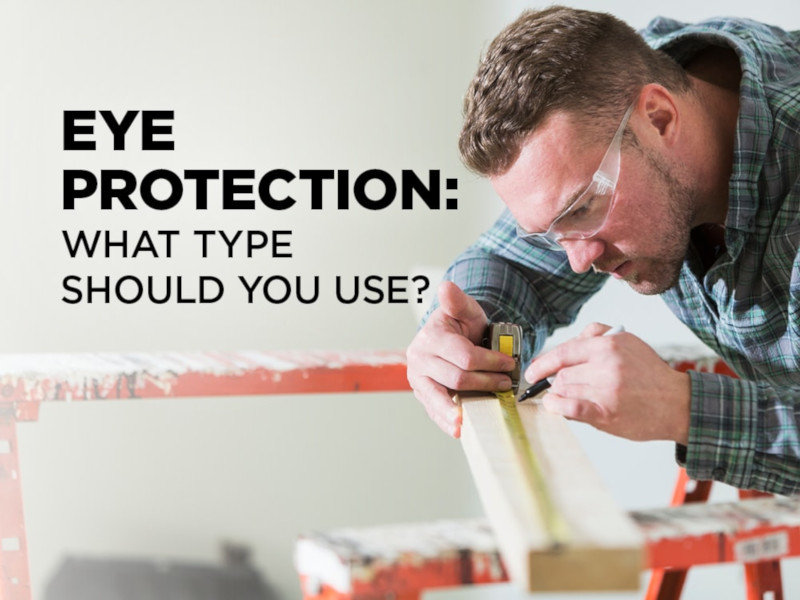- Home
- Loss Control
- Loss Control Insights
- Eye Protection: What Type Should You Use?
As with other types of personal protection equipment (PPE), it can be easy for workers to get lax about eye protection. But that’s a huge mistake. Eyes are vulnerable to chemicals, dust, metal and wood slivers, light, and other foreign objects.
And since there are about 2,000 eye injuries each day in American workplaces according to the American Welding Society, proper eye protection is a very big deal.
EMC loss control specialists have many stories to share about “Murphy’s law,” which states if anything bad can happen, it surely will. One example involving an EMC-insured company includes an employee wearing standard-issue safety glasses dropping a bottle of a dilute solution. While the bottle didn’t break or spill, a single droplet shot out of the top, went around the side shields of the safety glasses and directly into the worker’s eye. Another story involved a piece of projectile metal that flew around the safety glasses into a worker’s eye.
Avoiding Danger
To prevent scenarios like these from occurring in your facility, make sure that all workers wear the best possible eyewear for their tasks. Kelsie Boorn, EMC Senior Industrial Hygienist, stresses that eye protection must be chosen for the specific hazards employees are exposed to, based on a thorough assessment of your workplace. Then, employees need to be thoroughly trained on those hazards and why a specific type of eye protection is important.
In general, eye protection is required in shops where grinding, soldering, sanding, cutting, brazing or welding occur. With each of these tasks, dangers such as dust or small objects, sparks, chemicals, and radiant or UV light are present. There are different requirements for eye protection for each of these actions.
Meeting the Requirements
According to OSHA, safety eyewear must be ANSI-approved for the tasks your workers perform. To be compliant, the equipment must follow Z87.1 guidelines, which are specific to the dangers of each task. The eyewear will be labeled for the type of protection offered and may have multiple markings, indicating protection in more than one category.
- Z87+ is rated for high-velocity impact
- D indicates protection from chemicals and dust
- D3 indicates protection from drops and splashes
- D4 indicates protection from dust protection
- D5 indicates protection from fine dust
Other markings protect from light and heat (radiation):
- W provides a welding protection filter on a scale from 1.3 to 14
- U offers a UV protection filter on a scale from 2 to 6
- R is for infrared (heat) protection on a scale from 1.3 to 10
- L identifies a visible (glare) light filter on a scale from 1.3 to 10
- Tints include a variable V tint and a special purpose S tint
The scale range can be determined by the amount of light generated. Kelsie recommends starting with the darkest available shading, then lighten until you can see well enough to do the work. In other words, wear the darkest possible tint for the greatest amount of protection. For help matching your tasks to the correct eyewear, review this chart from The International Safety Equipment Association.
Avoid These Common Mistakes
In addition to choosing incorrect eyewear, EMC field staff sees the following mistakes:
- Using a face shield or helmet as a replacement for eye protection.
- Looking away rather than putting on safety glasses when making a quick weld.
- Failing to have a curtain around critical operations in an area or not keeping the area off limits to other workers who aren’t involved in the project. For example, certain UV and infrared lights can reflect from metal and damage the eyes of those nearby.
- Not requiring eye protection for everyone within the work area. Sparks, splinters and dangerous light can easily escape and injure someone outside the immediate work area.
- Not providing training on what contact lens wearers should do. Check out these recommendations from the American Welding Society for more information.
Get in touch
Need help? We’re here for you! Whether you have questions or need personalized assistance, your local office is ready to support you.
Loss Control Insights
Stay informed with the latest news and receive actionable safety tips, all carefully curated by our team of experts.
